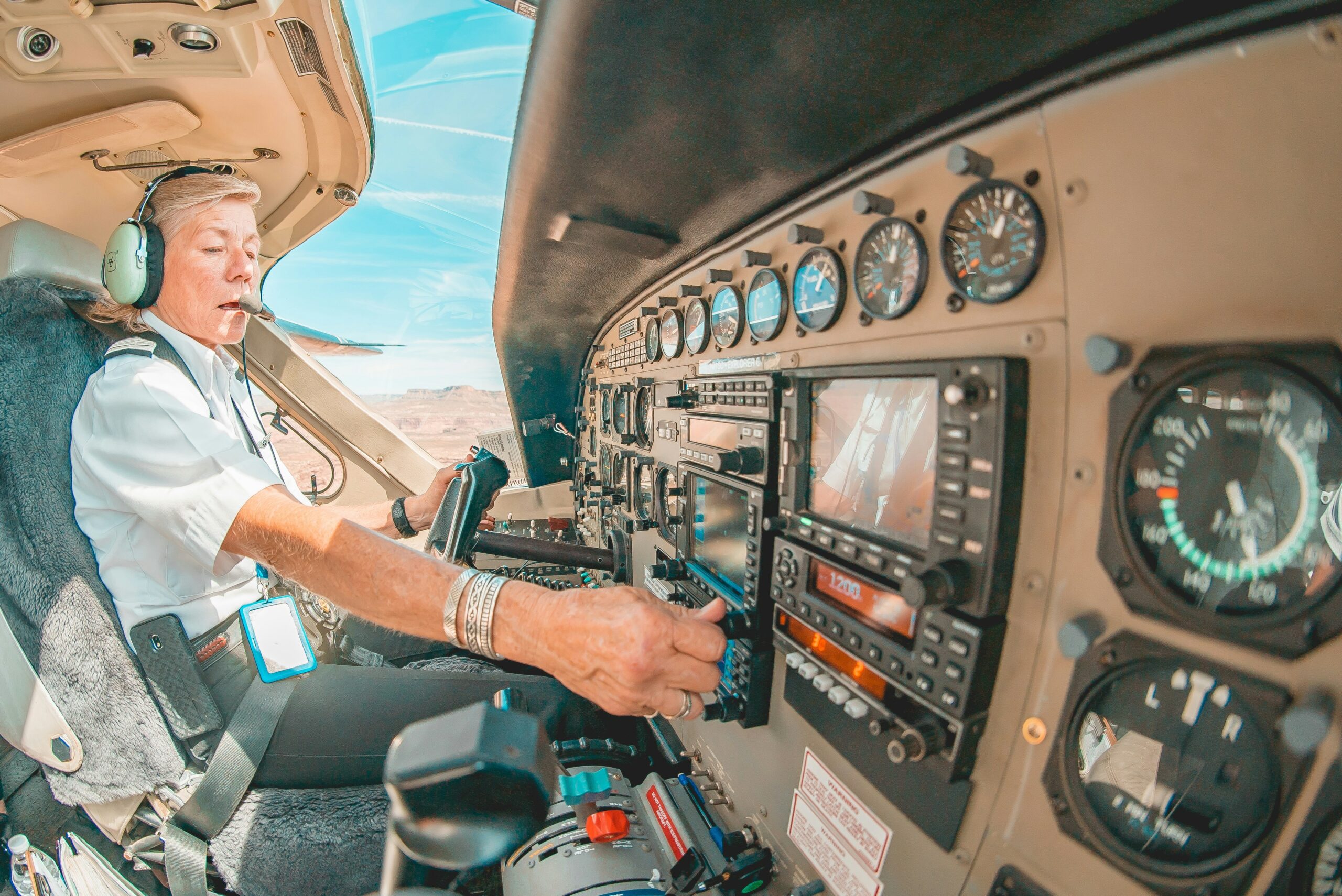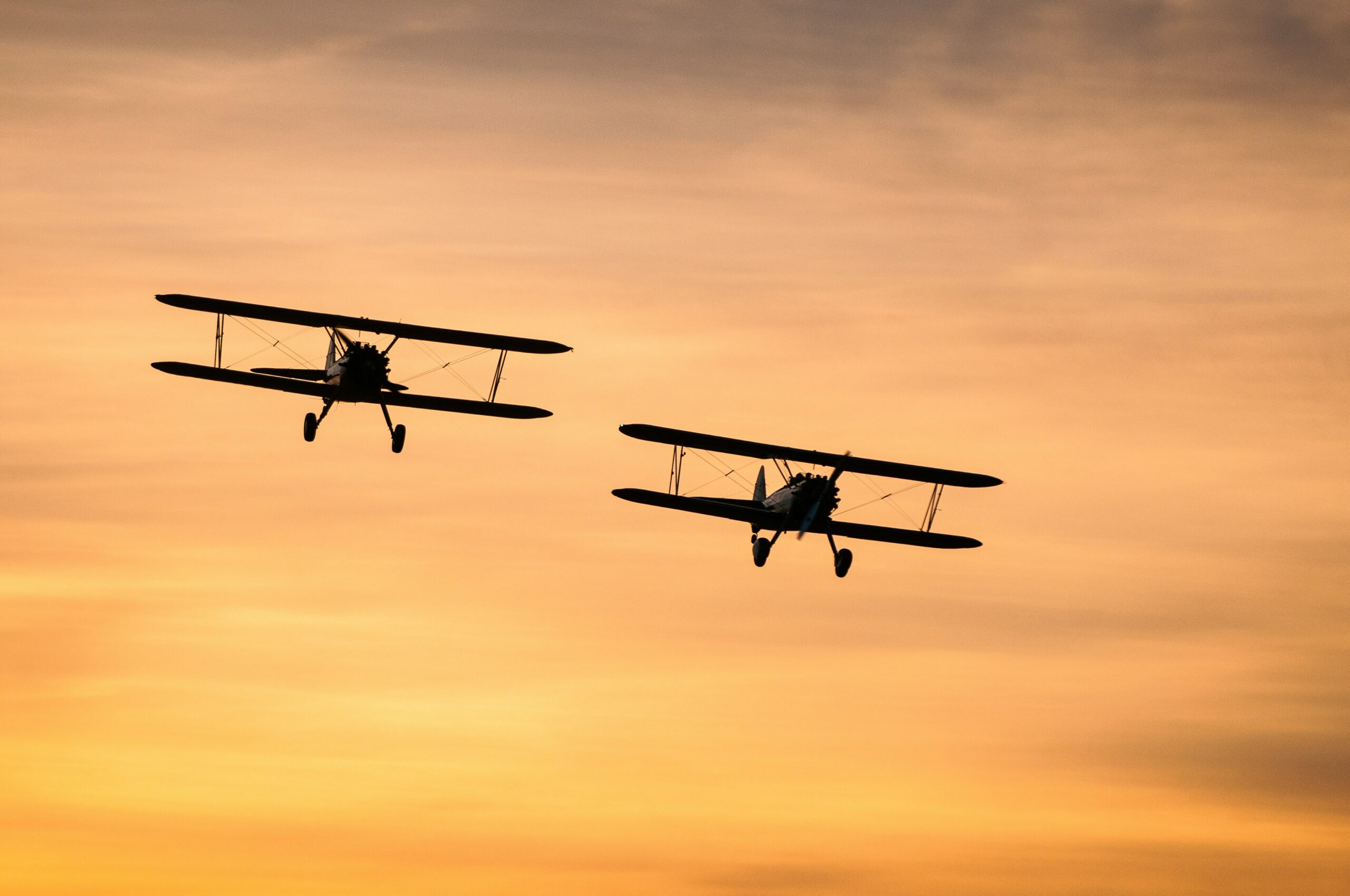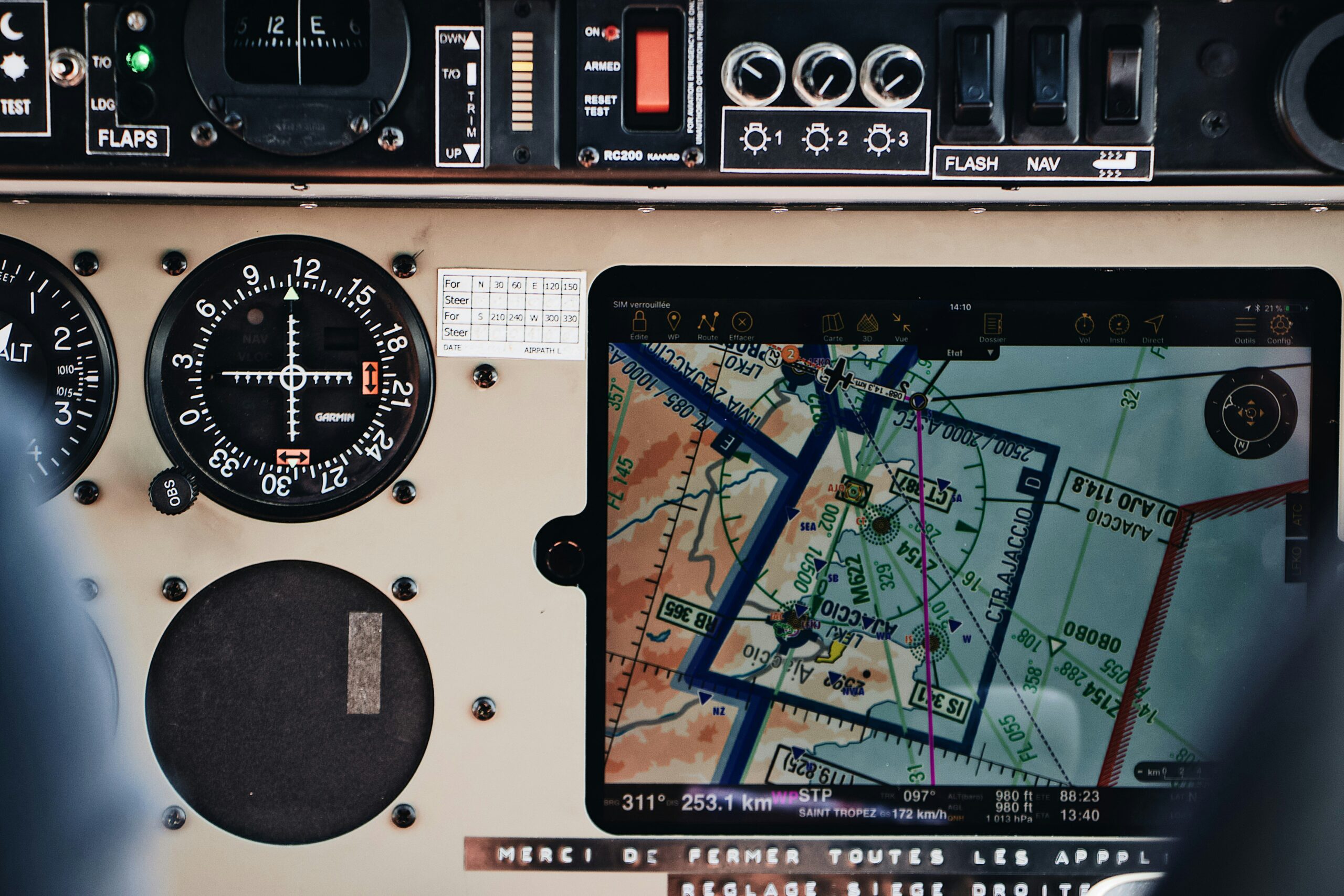In a world of practical flight testing, aerobatic flight, and high-demonstration aircraft training, the role of a safety pilot is both important and often low. Whether you are involved in test flights, aerobatic competitions, or advanced instrument training, understanding the requirements for safety pilots is necessary to ensure flight safety, regulatory compliance, and operating success.
Table of Contents
1. What Is a Safety Pilot?
A safety pilot is a qualified aircraft that helps another pilot under a specific type of aircraft operations where additional supervision is required. The security pilot monitors the flying road, looks for traffic, and intervenes if necessary – mainly works like the second set of eyes and hands when the primary pilot is occupied with special features.
Although it is not always compulsory, it is strongly recommended to be a security pilot – and sometimes essential – for example, in scenarios:
1. Flight test new or modified aircraft
2. Training pilot in aerobatics or unusual attitude recovery
3. Simulated instrument flying (eg, when a pilot carries a display-limiting device)
4. Practical flight certification flights
2. Understanding the Requirements for Safety Pilot
To qualify as a security pilot, some standards must be met. These requirements for security pilots are different depending on the type of aircraft, the aircraft’s nature, and the governing aviation authority (eg, FAA, EASA, A, or other national regulators). However, the usual norms apply in most courts.
1. Legal pilot license
The first and most essential requirement for the security pilot is to maintain a valid pilot certificate suitable for the aircraft. For example:
If you fly an unmarried engine stamp aircraft, the safety pilot should possess at least a private pilot license (PPL).
For multimotor aircraft, a multimotor assessment is required.
In some cases related to complex or turbine-operated aircraft, a tool assessment may also be required.
The security pilot must be state -species and talented within the unique brand and version of the aircraft, especially if the changes or accurate structures are related.
2. Newer experience and currency
Mudra is important when meeting the safety pilot requirements. Most airlines require pilots to complete the minimum amount for starting and landing in the same category and processing of the aircraft over the last nine days.
In addition, security pilots should be familiar with emergency techniques, communication protocols, and aircraft-written structures to ensure that they can effectively respond if needed.
3. Medical authentication
Another important requirement for the security pilot is to preserve a valid doctor’s security pilot must be appropriate to rely on the manipulation of the aircraft physically and mentally, if it is important.
In many cases, the security pilot may be called to handle the duties of flying, especially during a period of checkout or high-endangered maneuvers. Therefore, preserving accurate health and scientific fame is non-parasitic.
4. Knowledge of flight systems and modifications
While serving as a security pilot for experimental or prototype aircraft, a thorough understanding of this knowledge ensures that the safety pilot can respond properly to anomalies or emergencies.
Before each flight, the security pilot should review the air book, change register, and any known problems or boundaries. This step is the majority of the requirements for security pilots in experimental aviation.
5. Communication and coordination skills
In addition to technical expertise, strong mutual skills are part of the requirements for security pilots. Safety pilots should maintain clear communication with primary pilots, air traffic controls, and grassroots personnel.
During simulated instrument flights or aerobatic exercise, the safety pilot often acts as a primary operator, making radio calls and complying with airspace. This coordination is important for maintaining status awareness and preventing collisions in the medium or fracture of the airspace.
6. Status awareness and decision-making ability
Perhaps the most important soft skills for security pilots are among the requirements to maintain a constant state of consciousness. It also includes:
1. Traffic and monitoring of the area
2. Look for a change in the weather
3. Aviation
4. Prepared to take control of the need
Security pilots should be careful and active throughout the flight, never becoming complacent even under regular segments.
3. When Is a Safety Pilot Required?
Although no longer always mandated via regulation, there are several situations in which having a protection pilot is strongly advocated or officially required:
1. During Experimental Aircraft Testing
Experimental planes, whether homebuilt or modified, often require extensive flight checking out before being deemed airworthy. In these instances, the FAA and other regulatory bodies suggest or mandate the usage of a protection pilot because of the unknown overall performance characteristics and ability dangers.
2. While Conducting Aerobatic Training
When a pilot is gaining knowledge of aerobatic maneuvers, the presence of a safety pilot enables revealing altitude, orientation, and airspace safety. Many aerobatic faculties and opposition teams hire safety pilots to enhance training effectiveness and decrease the risk of accidents.
3. For Simulated Instrument Flying
Under FAA guidelines (FAR 91.109), while a pilot is training instrument flying, the usage of a view-restricting tool (like a hood), another pilot needs to act as a safety observer —
pleasant, the function of a protection pilot. This man or woman should be rated inside the plane and capable of taking charge if necessary.
4. Responsibilities of a Safety Pilot
Understanding the requirements for security pilot also means wunderstanding hat the role is. A security pilot is not just a passenger – they take real responsibility for the safety of the entire flight crew and the aircraft. Large responsibilities include:
1. Second aircraft
2. Monitor engine instruments and system performance
3. Calls the deviation in height, speed, or title
4. Help with checklists and emergency procedures
5. If the primary pilot is disabled or disoriented, the plane takes control
These duties emphasize why the requirements for the safety pilot are so seriously taken in aviation circles.
5. How to Become a Safety Pilot
If you are interested in becoming a security pilot, there are steps to meet the standard requirements for safety pilot here:
1. Earn a suitable pilot license for the plane you want to fly.
2. Maintain currency through regular flights and recurrent training.
3. A valid medical certificate is required to obtain the discount.
4. Get experience with a specific aircraft type or assignment profile.
5. Take special training, such as aerobatic or formation flight courses.
6. Networking with experienced pilots and organizations using security pilots, such as the Test 7. Pilot Association or Aerobatic Club.
Many pilots start their journey towards becoming a security pilot by helping trainers during instrument training or helping volunteers at local practical aircraft builders.
6. Common Mistakes to Avoid
Even skilled pilots can fall into traps whilst serving as a protection pilot. Some not unusual errors that violate requirements for safety pilot include:
1. Becoming distracted or complacent throughout the flight
2. Failing to talk really with the primary pilot
3. Not being organized to take manipulate of the plane fast
4. Ignoring non-public fatigue or fitness problems before flying
5. Overestimating one’s potential to deal with unfamiliar aircraft or conditions
Avoiding those pitfalls ensures that the protection pilot stays powerful and ready to meet their vital function.
7. Conclusion: Meeting the Requirements for Safety Pilot Ensures Safe Skies
Whether you are preparing for your first test flight, a student helps fly a master instrument, or supports an aerobatic team, the security pilot must understand the requirements for safety pilot for aviation.
Pilots can serve in this important role of confidence, by completing licensing, currency, medica,l and skills and embracing the mentality of vigilance and teamwork. After all, a well-trained security pilot is not just a backup are protectors of the sky.
Therefore, if you are considering becoming a security pilot or working with one, remember: The requirements for safety pilot are not limited, but for safety, to ensure that each flight ends safely on the ground.
1. What are the main duties of a safety pilot?
Safety pilots must maintain constant vigilance, monitor traffic and weather, and be ready to take control of the aircraft if needed.
2. When is a safety pilot required?
While not always mandated, safety pilots are strongly recommended or required during simulated instrument flight, emergency procedures training, and other high-workload scenarios.
3. What qualifications does a safety pilot need?
Safety pilots need recent experience (minimum takeoffs and landings in the same aircraft category within the last 90 days), medical certification, and familiarity with emergency procedures and communication protocols.



